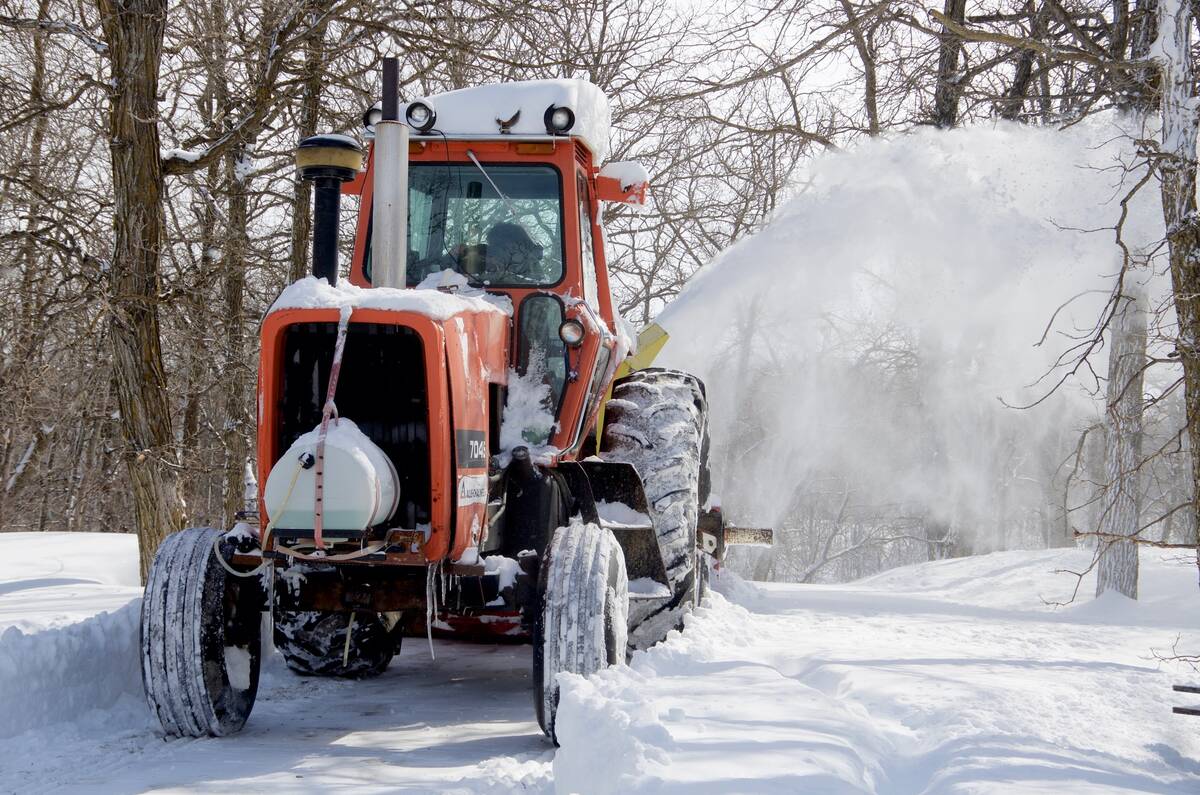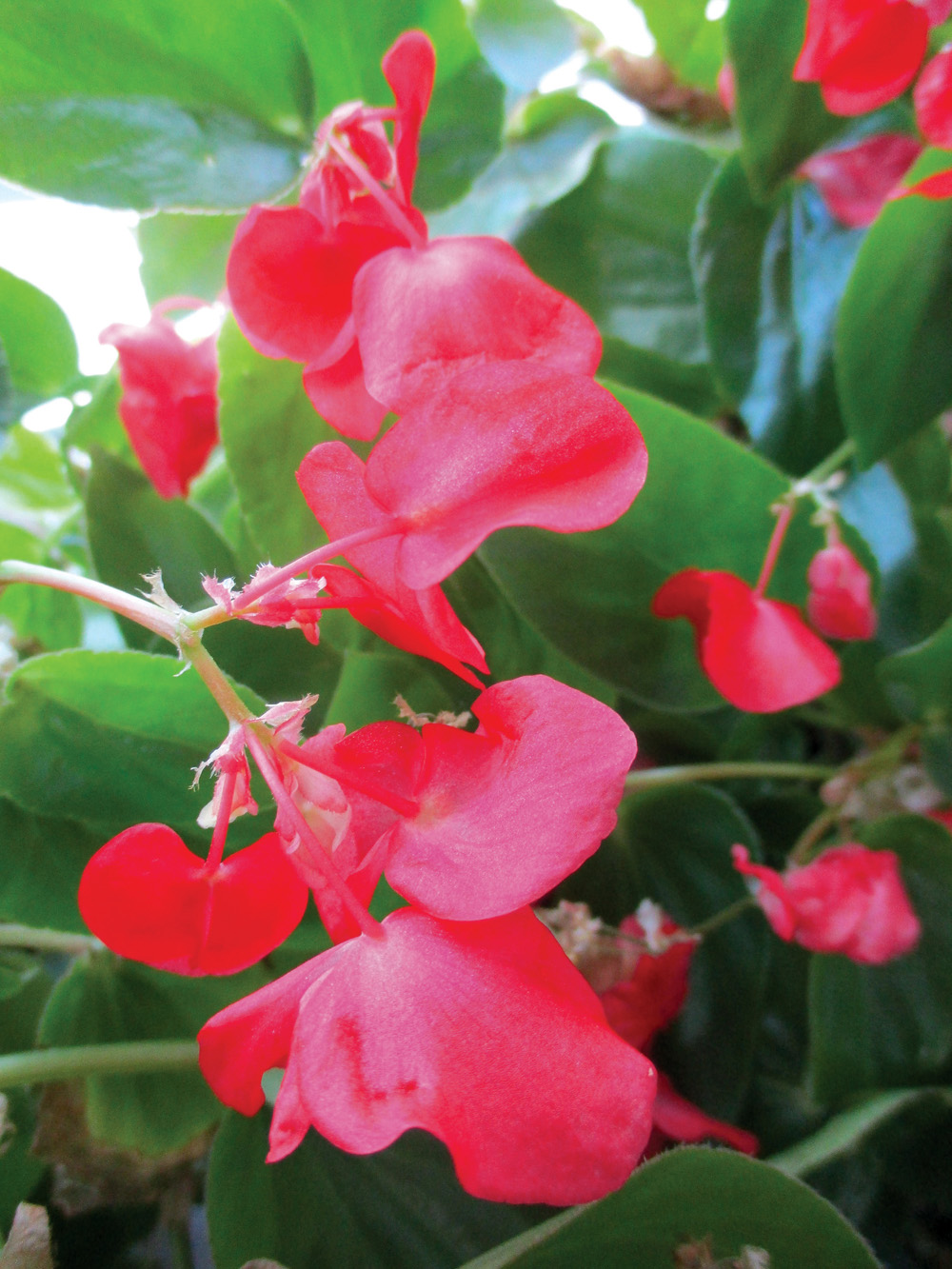There are essential tasks to do before winter arrives if our gardens are to be in good shape in the spring. Some of the most important features in many landscapes are the evergreen trees and shrubs that add beauty, not only during the growing season but during the winter months as well.
Because evergreens are just that — EVER green — they behave differently from deciduous trees. Since they do not lose their leaves (needles) they continue to experience photosynthesis and also have a higher rate of transpiration (water loss) than do deciduous trees. We must do everything we can in the fall to ensure that this damaging water loss is not fatal to the trees.
Read Also

Prairie farms race to get ready for winter 2025
Equipment needs to be winterized and stored; fall field work needs to be done and there are a million tiny jobs to make sure both the farm yard and farm house are ready for the snow to fly
Thorough watering of the soil around evergreens in late autumn, just before freeze-up, will enable the roots of the evergreen trees to take up water for as long as the soil isn’t completely frozen. The soil freezes gradually, so the lower levels will not be frozen for many weeks and during mild winters there may be some unfrozen soil around some of the deepest roots. An ample supply of water in the soil is vital to the winter survival of evergreen trees.
Tender evergreens that are not totally hardy in our region can be further protected by adding a heavy layer of mulch under the trees to reduce the depth of frost in the soil. Evergreens transpire moisture through their needles; this process is slowed dramatically in winter because of the waxy coating on these needles, the reduction in the size of the leaf openings used for transpiration, and because of the reduced rate of photosynthesis. However, all evergreens will lose some moisture through their leaves during the winter.
Besides deep watering and mulches, protection from winter winds and from direct winter sunshine will benefit evergreens. Wind increases the rate of transpiration and dries out the needles, while direct sunlight — even seemingly bleak winter sun — will heat up the needles and increase the rate of photosynthesis, which will increase the tree’s need for water. Screens can be erected in front of smaller evergreens to shelter them from wind and sun. Any tender evergreens should have been planted in sheltered spots where they do not get direct winter sun and are not exposed to harsh winter winds.
Besides tending to their water needs, evergreens should be protected from winter browsing by animals — deer in particular. Unobtrusive fencing made from stucco wire can be easily erected around individual trees. This wire is stiff and will stand up on its own so just a couple of posts hammered into the ground will hold it in place. If the idea of fencing is unappealing, products that repel deer are available that, when sprayed on the trees in late fall, will work all winter. If rabbits are a problem, protect the stems of trees by using guards around the base of the trunk. The guards should come up high enough on the trees to ensure that the rabbits cannot reach unprotected bark when standing on snowbanks. Fortunately rabbits find evergreens less appealing than other types of trees and shrubs.
Wind damage and damage from snow load can affect evergreens because they tend to accumulate more snow that leafless deciduous trees. Their needles provide more resistance to wind so damage from strong winds is more likely. Cedars and upright junipers can be tied so that individual stems do not bend down when snow accumulates on the trees. Using a soft but sturdy material to tie the trees into tight cones will enable them to withstand heavy snow loads with little ill effect. If you have any evergreens in pots, remove them from their containers and plant them in a location where they are sheltered from wind, protected from winter sun and get good snow cover. They can be planted into containers again in the spring.
Sometimes trees suffer mechanical injury from snow-removal equipment. Ensure that snow-removal persons are aware that they should not push snow into the trees because branches might be broken. Prevent people from brushing against the foliage of evergreens as the needles and branches are stiff and not pliable in the winter and are easily damaged. Keep pathways far enough away to avoid such damage. Giving evergreen trees and shrubs some attention in the late fall will mean they will come through the winter in fine shape.















